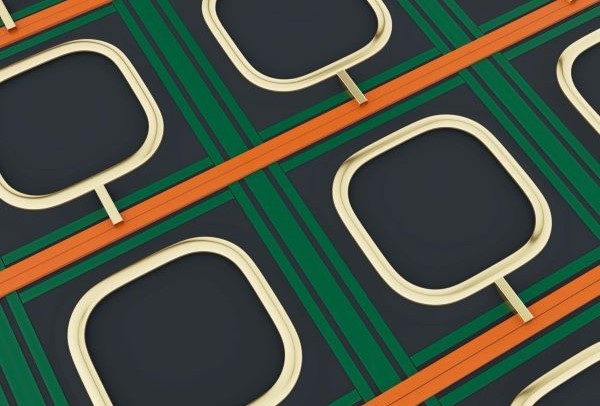Singular, which originated in the University’s lab of digital imaging - led by Professor Robert Henderson - is one of the first companies to bring advanced computation to SPAD-based image sensing, enabling in-pixel and cross-pixel storage and computations at very low light levels revealing previously invisible details and photon events.
SPADs use the "avalanche" effect in semiconductors to convert light directly into an electrical current, without the need for cooling or amplification and, while most commercial SPAD-based image sensors have been limited to time-resolved counting of photons, Singular’s core innovation lies in complex layers of computation beneath 3D-stacked SPAD sensors, which is comparable to the way in which FPGAs and GPUs helped to revolutionise parallel computing by conducting high-speed, localised processing.
Prof Henderson leads the University of Edinburgh’s CMOS Sensors and Systems Group and in 2005 he designed one of the first SPAD image sensors in nanometre CMOS technologies, leading to the first time-of-flight sensors in 2013, which can now be found in more than a billion smartphones worldwide.

Image: An extreme close-up of a SPAD sensor
“There can be no doubt that SPAD sensors are the future of digital imaging, but their use to date in commercial devices hasn’t extended much beyond time-resolved counting of photons,” said Prof Henderson. “Computational cleverness can be the difference. We are building next-generation imaging sensors, where the computation is done digitally at the pixel level – exactly where the photons arrive.”
Simultaneously capturing depth and temporal dimensions to generate 4D images that provide deep, data-rich insights, Singular’s noiseless sensors enable more information to be extracted from light, supporting applications ranging from consumer and automotive electronics to the scientific and medical fields.
The company’s approach looks to transform SPAD sensors into 3D stacked computational engines capable of performing a wide range of sophisticated tasks, whether that’s real-time photon counting, timing, and advanced processing techniques, including in-pixel histograms, statistical analysis and autocorrelation.
Singular has launched two sensors, both of which are now available:
• Andarta, developed in collaboration with tech giant Meta, has a miniature form factor combined with high sensitivity, and is optimised for use in a number of medical imaging modalities. It supports multiple modes of operation including in-pixel autocorrelation measurements and represents a significant step closer to SPAD integration in the wearables space. For example, Andarta enables monitoring of the rate of cerebral blood flow, monitoring rapid fluctuations in light as it passes through tissue, at depths not currently possible with current sensors.
• Sirona is the company’s first product and is a 512 pixel SPAD-based line sensor capable of time-correlated single photon counting (TCSPC) and enabling Raman spectroscopy, fluorescence lifetime imaging microscopy (FLIM), time-of-flight, and quantum applications. With on-chip histogramming and time binning capability, the sensor has the potential to radically change spectroscopy applications.
Singular has already signed multiple deals for its sensors with some of the world’s leading instrumentation companies and expects to announce more collaborations in 2025.
“We are in a unique position where we already have commercially available products and are generating revenue in our first year of incorporation,” said Shahida Imani, CEO of Singular Photonics. “With new, even more advanced sensors coming to the market in 2025, we are well positioned to lead the SPAD-driven imaging revolution.”













